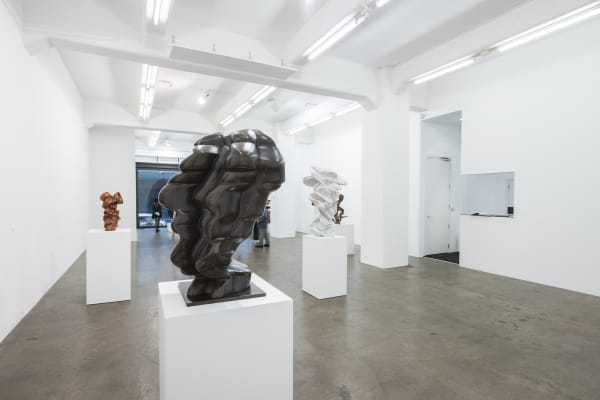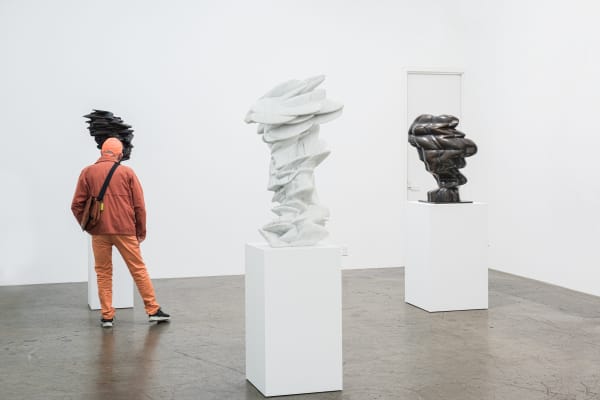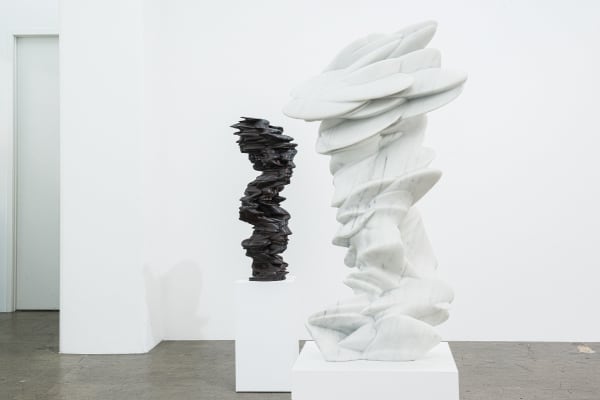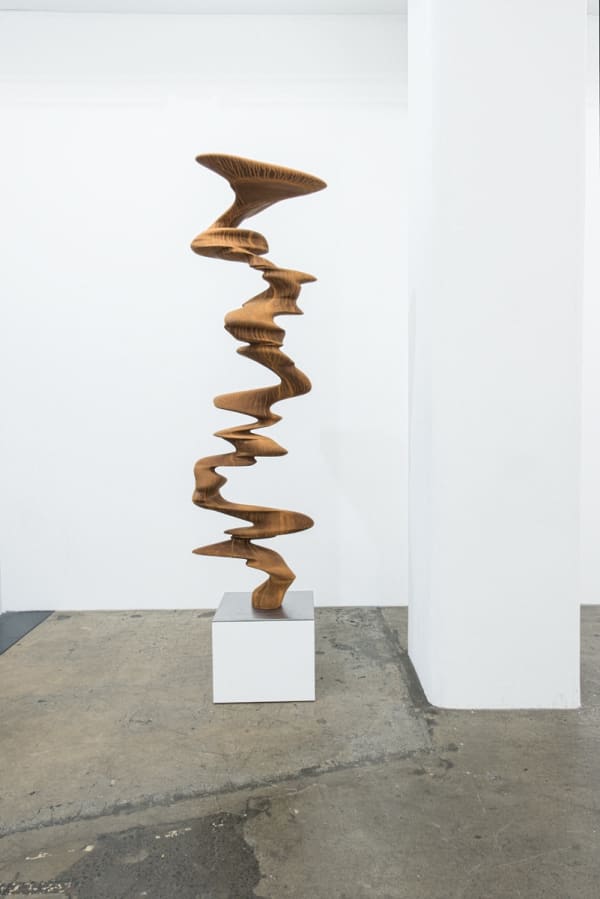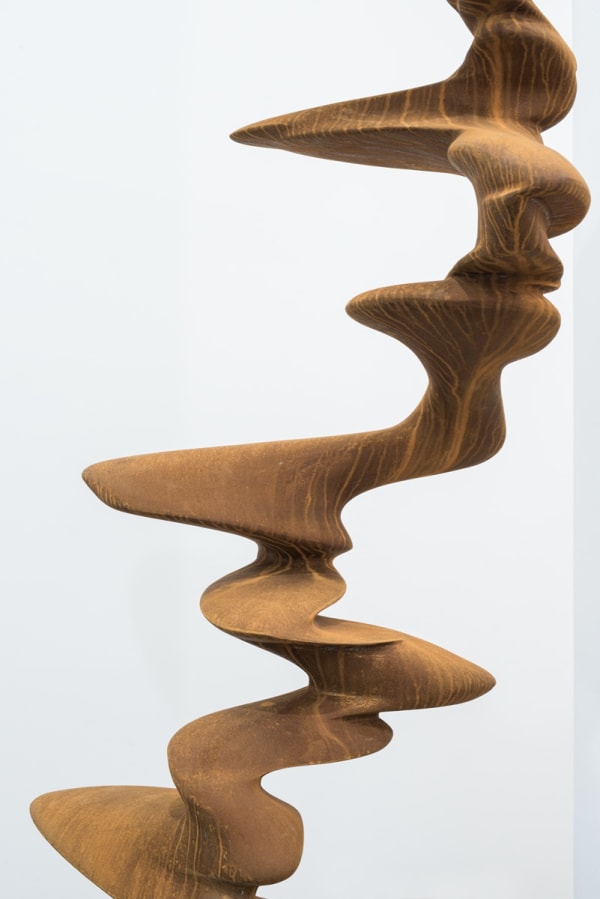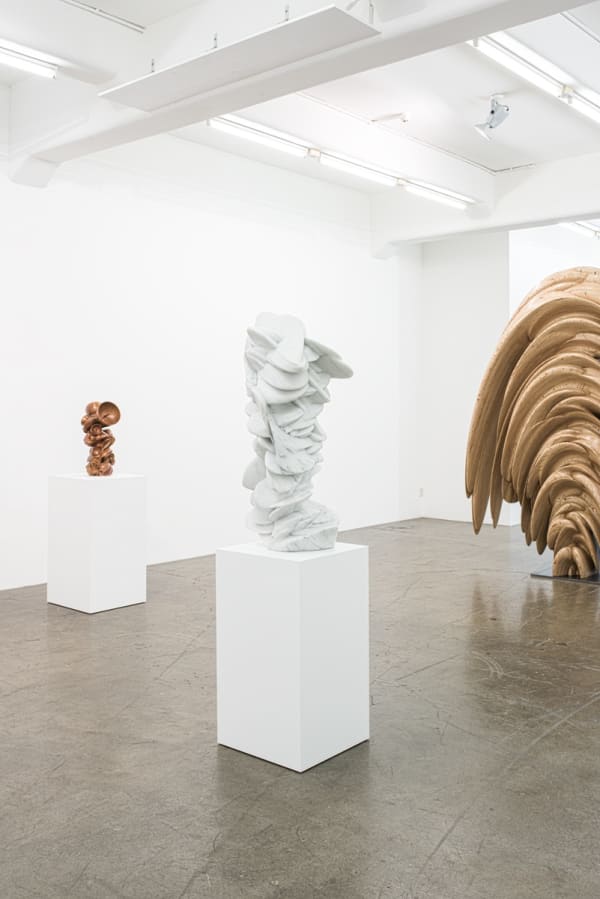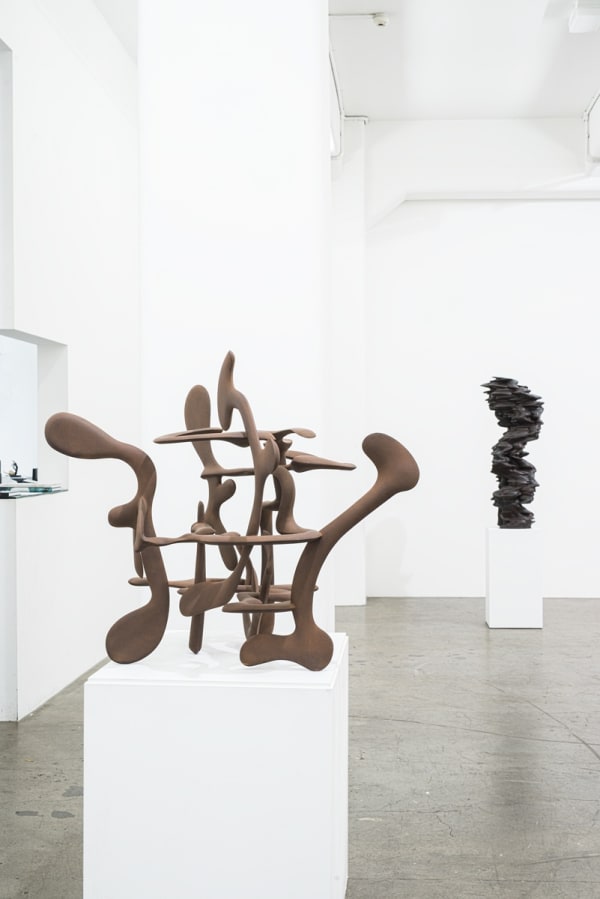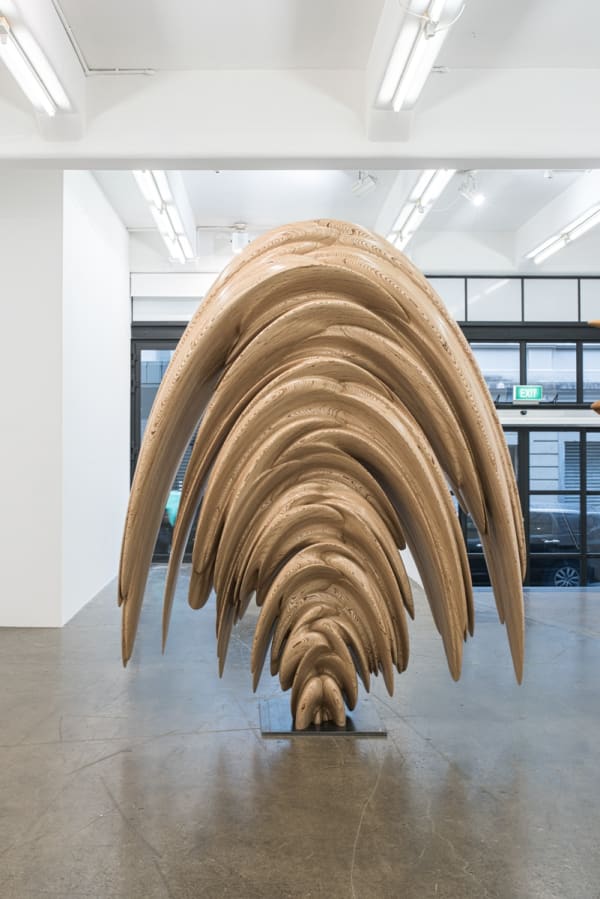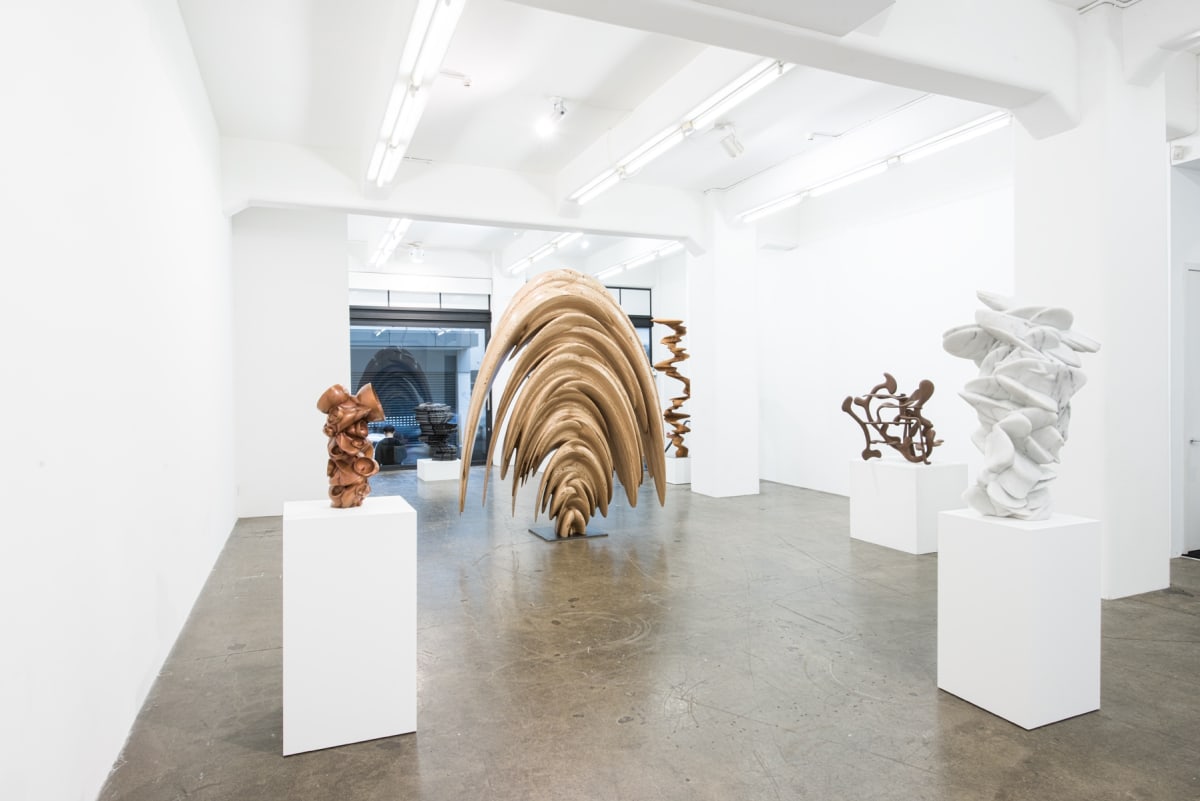Tony Cragg
Past exhibition
Overview
Tony Cragg is widely recognized as one of the most acclaimed artists of his generation. Having maintained a consistently high international profile since the 1980s his work has contributed significantly to the global discourse around contemporary sculpture. At the center of his practice is an interest in the relationship between materials, science and the body.
This phenomenal new exhibition at our Lorne Street Gallery showcases works from a variety of mediums, including wood, marble, steel and bronze. Each is multi-faceted, exploring possibilities for stimulating multiple perceptions within a single work.
This phenomenal new exhibition at our Lorne Street Gallery showcases works from a variety of mediums, including wood, marble, steel and bronze. Each is multi-faceted, exploring possibilities for stimulating multiple perceptions within a single work.
Works
Installation Views
News
Enquire







